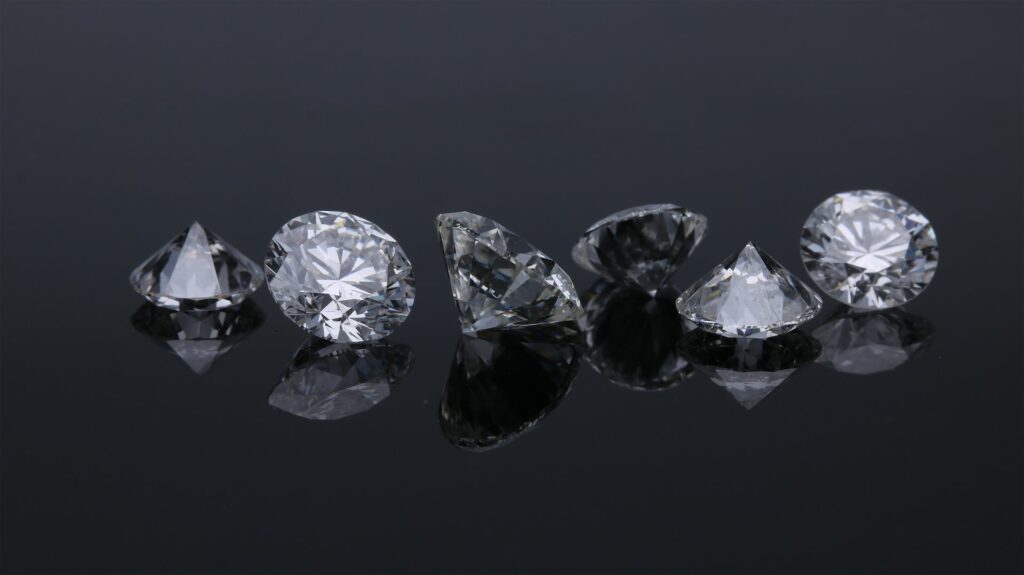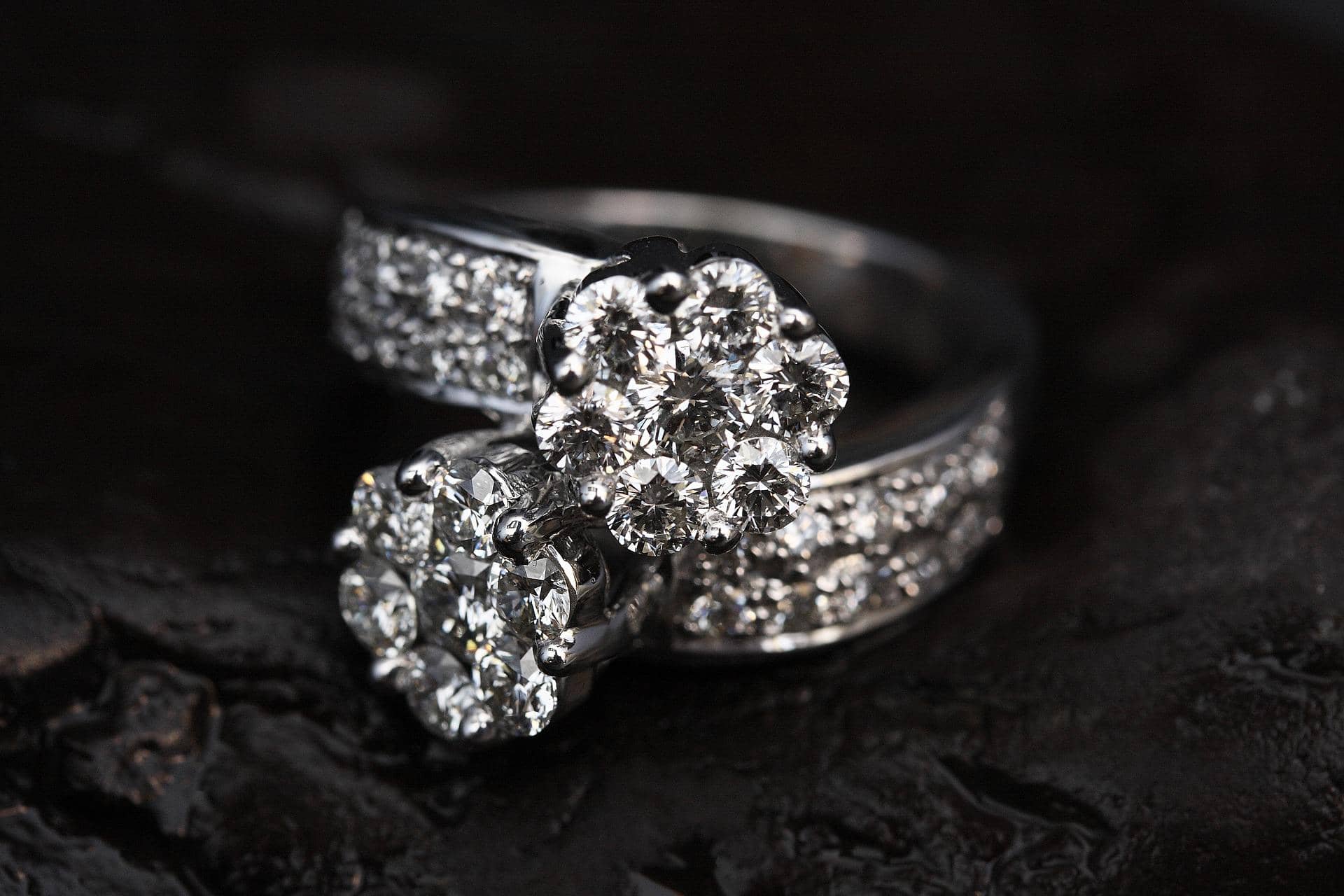Diamonds are one of the most instantly recognisable gemstones on the planet, thanks to not only many blockbuster movie plots, but countless pieces of stunning jewellery too. From iced-out chains popularised by hip-hop artists and the iconic solitaire engagement ring, diamonds have been a staple of eye-catching jewellery for generations.
But how much do you actually know about the diamond itself? There is a long list of factors which come into play when talking about why a diamond looks the way it does. In this guide we’re taking a deep dive into the anatomy of a diamond and offering an insight into the iconic gemstone.
The 4 Cs Of Diamond Quality
The grading of a diamond can be broken down into four separate categories: colours, cut, clarity, carat. The diamond is then evaluated in each of these categories and given a rating which determines its overall quality and, of course, price.
On the face of it, these four categories may not mean much, so let’s take a look at exactly how each one relates to the gemstone.
Colour
Although you may think all diamonds are ‘colourless’ there can actually be small differences in the diamond’s appearance, which in turn can affect the quality. The most valuable diamonds are completely colourless, as this contributes to their trademark transparent look.
Cut
As a naturally occurring gemstone, diamonds have to be cut into shape – a process which also enhances its appearance. The cut of the diamond is the method of creating facets, which reflect the light in certain ways to enhance its ‘shininess’.
The five cuts are:
- Excellent
- Very Good
- Good
- Fair
- Poor
Clarity
The clarity of the diamond refers to imperfections which can occur as the diamond is formed naturally. A diamond with a high number of imperfections would result in poor clarity and would be given an Included (I1, I2 & I3) rating. However, at the other end of the spectrum, a diamond with no imperfections would be given a Flawless (FL) rating.
Carat
Unlike gold, which is rated using carats to determine its purity, the carat of a diamond refers to its weight. Similarly, just because a diamond has a higher carat rating doesn’t mean it will be more expensive, as other grading factors will contribute to its overall value.
What Are The Different Cuts Of A Diamond?
A diamond can be cut in many different ways to change its appearance. In some cases you may even see a diamond cut in the traditional shape of another gemstone, such as an emerald. These different cuts can completely change the feel of the resulting jewellery piece and help you emulate different styles which have been popular across the decades.
The most common and arguably traditional cut of diamond is the round brilliant cut, which is an extremely popular choice for engagement rings. This type of cut ensures 58 facets on the diamond, whilst the facets of other cuts can vary.
Here are some of the other most popular cuts of diamond.




